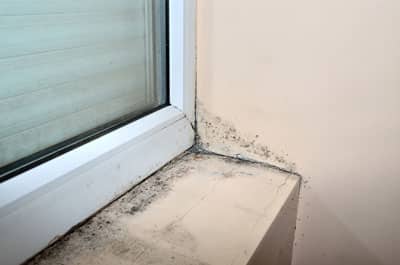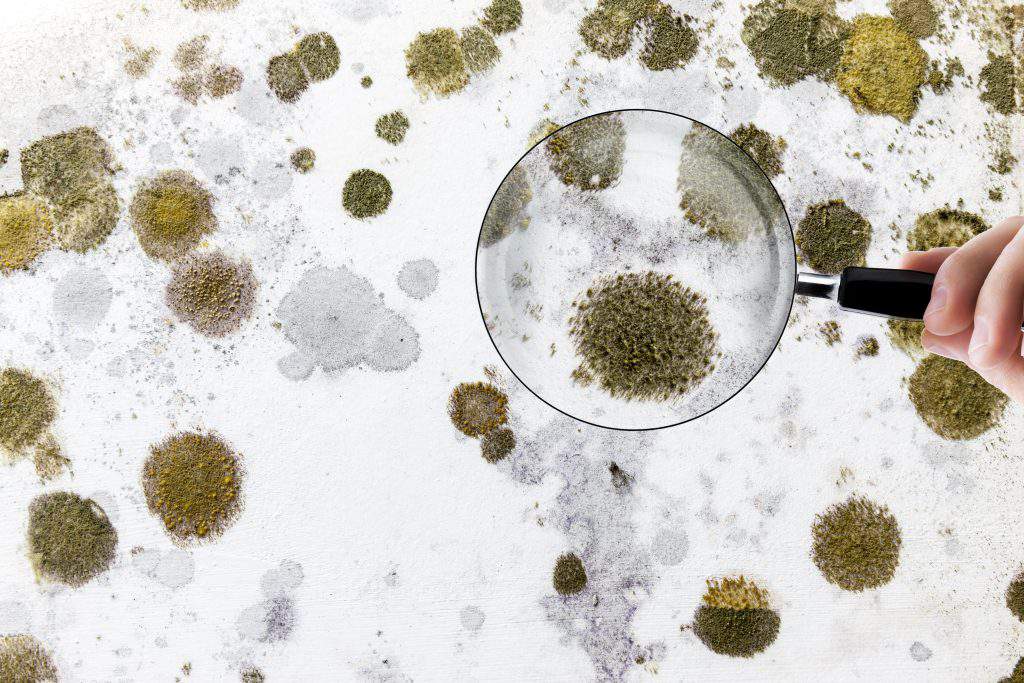Efficient Post Mold Remediation Cleaning Protocols
Efficient Post Mold Remediation Cleaning Protocols
Blog Article
Effective Post Mold Remediation Solutions for Your Home
Mold growth in homes can be a relentless issue, commonly requiring a methodical approach for effective post-remediation solutions. From understanding the variables that add to mold and mildew development to executing appropriate cleaning methods and moisture control procedures, the process can be intricate yet essential for preserving a healthy and balanced living setting. Post Mold Remediation.
Comprehending Mold Development Factors
The primary element contributing to mold growth is wetness. Mold and mildew spores call for wetness to germinate and grow, making moist or damp settings highly prone to mold infestations.

Furthermore, air movement and light exposure can influence mold growth. Areas that do not have appropriate air flow and natural light are more vulnerable to mold growth. By resolving these aspects thoroughly, individuals can effectively mitigate mold and mildew growth and guard their living settings.
Proper Mold Cleaning Methods
Utilizing reliable cleansing methods is necessary in dealing with and avoiding the reappearance of mold contamination in indoor atmospheres. The first action in proper mold and mildew cleansing is to have the damaged location to avoid the spread of spores to unpolluted locations.

Implementing Moisture Control Actions
To effectively protect against mold growth and contamination in indoor settings, applying wetness control steps is critical. Dampness is the key aspect that fuels mold growth, making it vital to take care of humidity degrees within the home. One effective measure is to use dehumidifiers to preserve interior moisture degrees listed below 60%. In addition, ensuring correct ventilation in locations prone to moisture accumulation, such as cooking areas and bathrooms, can aid lower the threat of mold growth. Consistently examining and repairing any leakages in plumbing, roofings, or home windows is likewise important in avoiding excess dampness buildup. Making use of exhaust fans while food preparation or bathing, and enabling air blood circulation by maintaining furniture somewhat far from walls can aid in dampness control. Making use of moisture-resistant products in high-humidity locations, such as mold-resistant drywall and paints, can be valuable. By carefully executing these moisture control procedures, homeowners can successfully decrease the probability of mold and mildew recontamination and preserve a healthy and balanced interior setting.
Making Use Of All-natural Removal Solutions
After efficiently implementing moisture control actions to stop mold and mildew growth in indoor settings, homeowners can currently explore the performance of natural remediation solutions in keeping a healthy living room. look what i found Natural remediation options use ecologically friendly techniques to deal with mold and mold, making them a popular selection for those looking for non-toxic options. By including these all-natural removal services right into their cleansing routines, property owners can efficiently fight mold and mildew growth while promoting a much healthier indoor setting for themselves and their families.

Maintaining a Mold-Free Atmosphere
In order to protect against mold recurrence and guarantee a consistently mold-free environment, it is essential for property owners to execute aggressive maintenance techniques. Regularly checking areas vulnerable to mold growth, such as restrooms, attic rooms, cooking areas, and basements, is critical. Addressing any kind of leakages, water damage, or excess wetness promptly can dramatically lower the risk of mold growth. Post remediation mold testing near me. Appropriate air flow in locations with high moisture levels is likewise crucial to preventing mold development. Using dehumidifiers or exhaust fans can aid preserve optimum dampness levels and dissuade mold and mildew spores from thriving.
In addition, keeping tidiness in the home is essential for mold avoidance. Maintaining interior plants in check and making certain correct drainage in outside landscape design can reduce wetness build-up, lowering the chance of mold invasions.
Conclusion
Finally, it is important to resolve mold and mildew development elements, use proper cleansing strategies, carry out dampness control measures, make use of natural removal remedies, and keep a mold-free atmosphere in order to efficiently take care of blog internet post mold remediation in your home - Post Mold Remediation. By following these approaches, you can protect against mold and mildew from persisting and make certain a healthy and balanced living atmosphere for you and your family members
The primary factor contributing to mold and mildew growth is dampness. Mold spores require moisture to germinate and prosper, making damp or humid environments extremely vulnerable to mold and mildew invasions.To effectively avoid mold and mildew growth and contamination in interior settings, carrying out wetness control procedures is paramount. In addition, making sure proper air flow in areas vulnerable to moisture accumulation, such as washrooms and kitchen areas, can assist decrease the danger of mold development.After efficiently executing wetness control steps to protect against mold and mildew growth in indoor settings, her latest blog homeowners can now check out the performance of natural remediation options in preserving a healthy living area.
Report this page